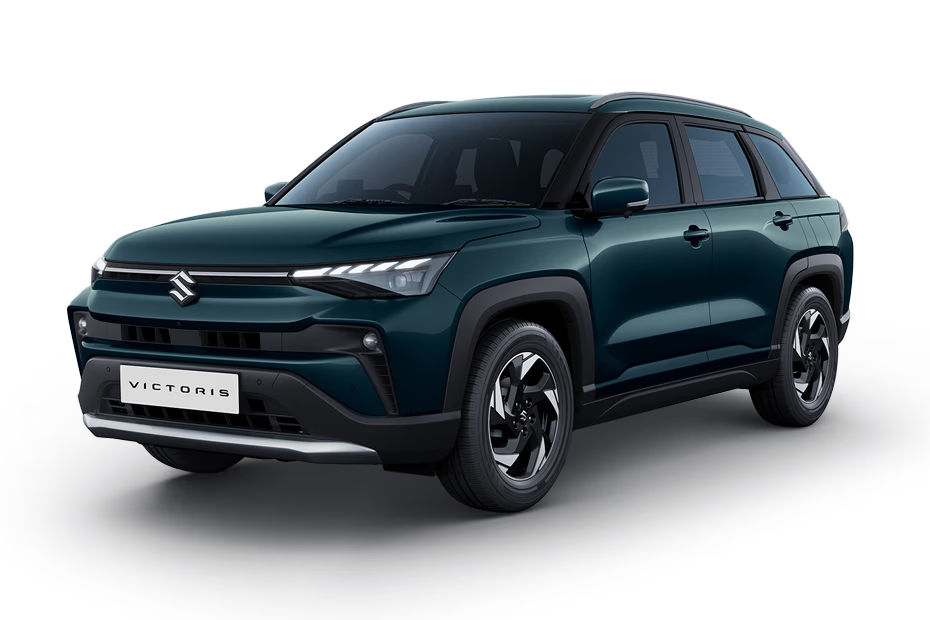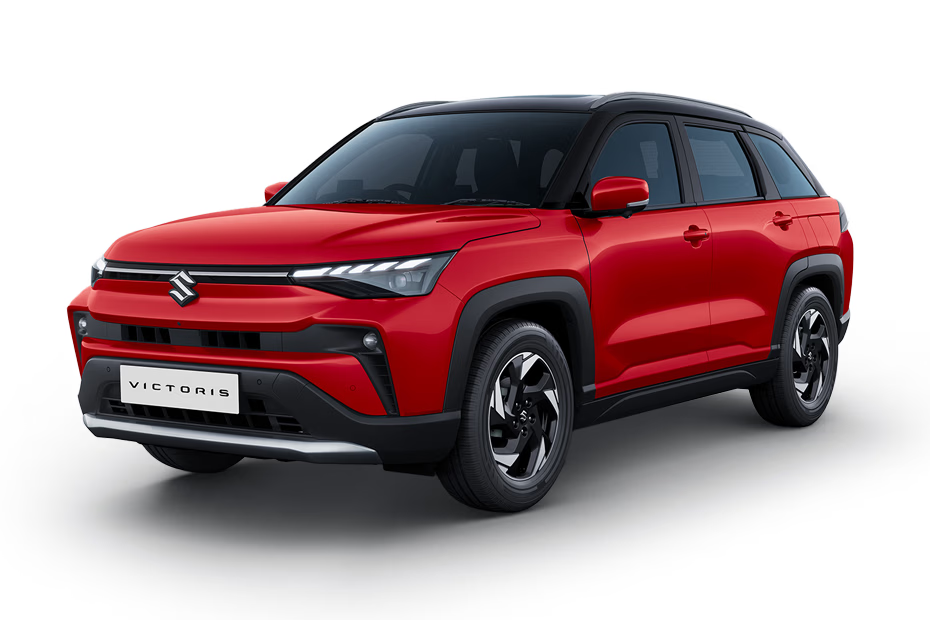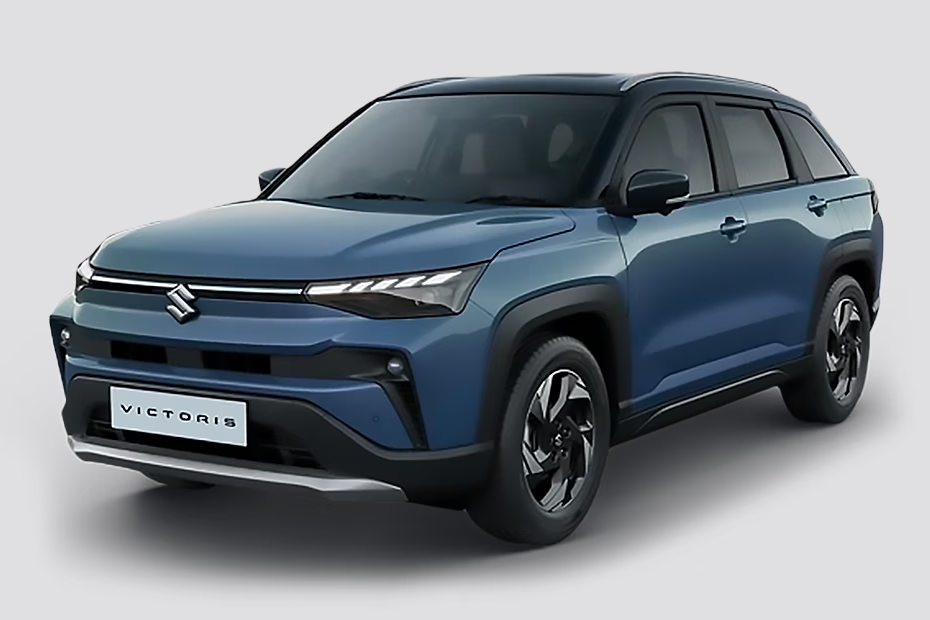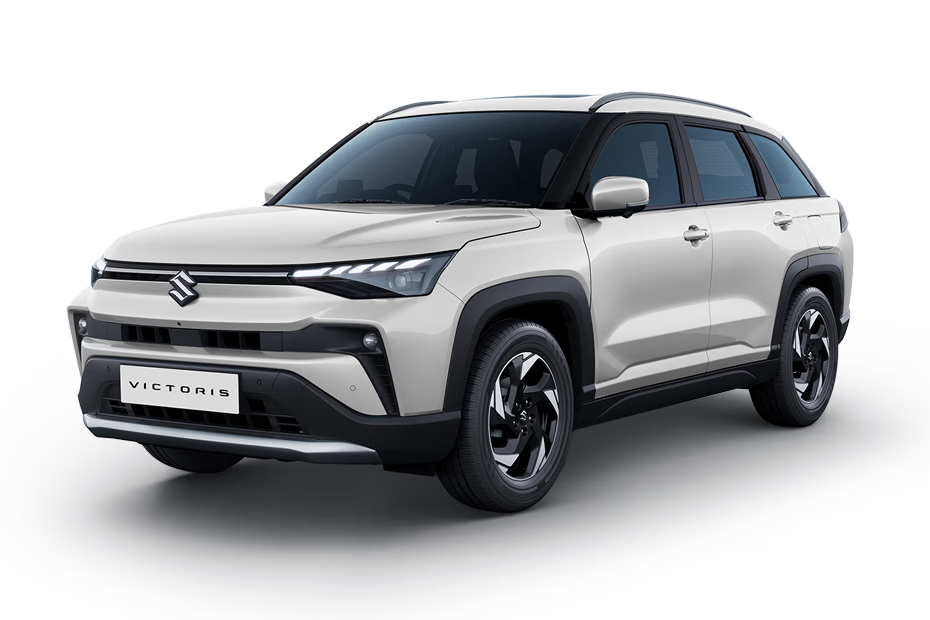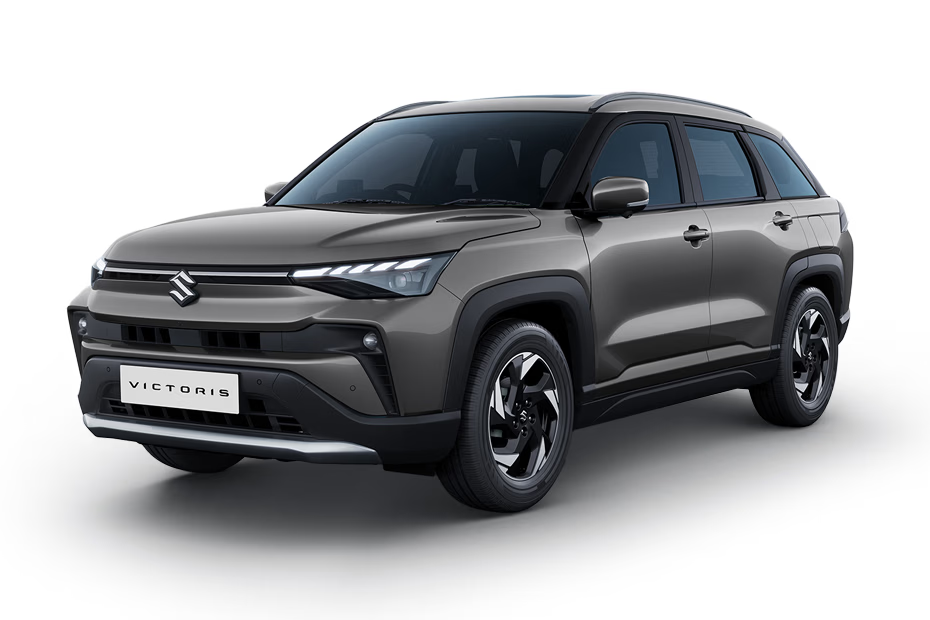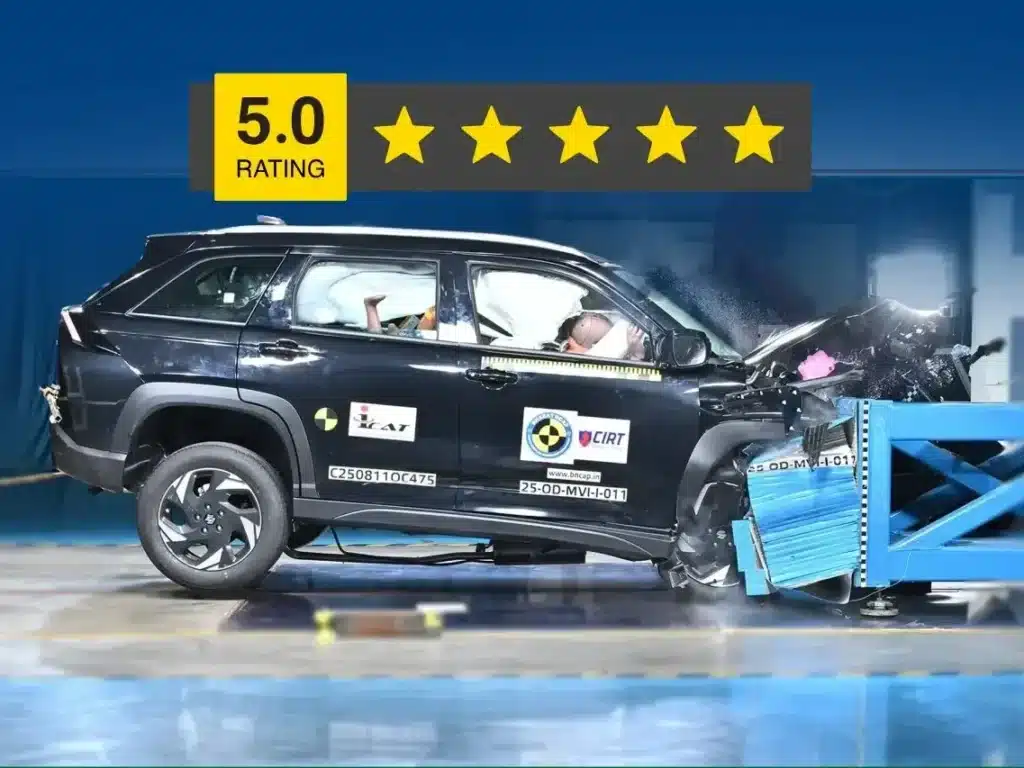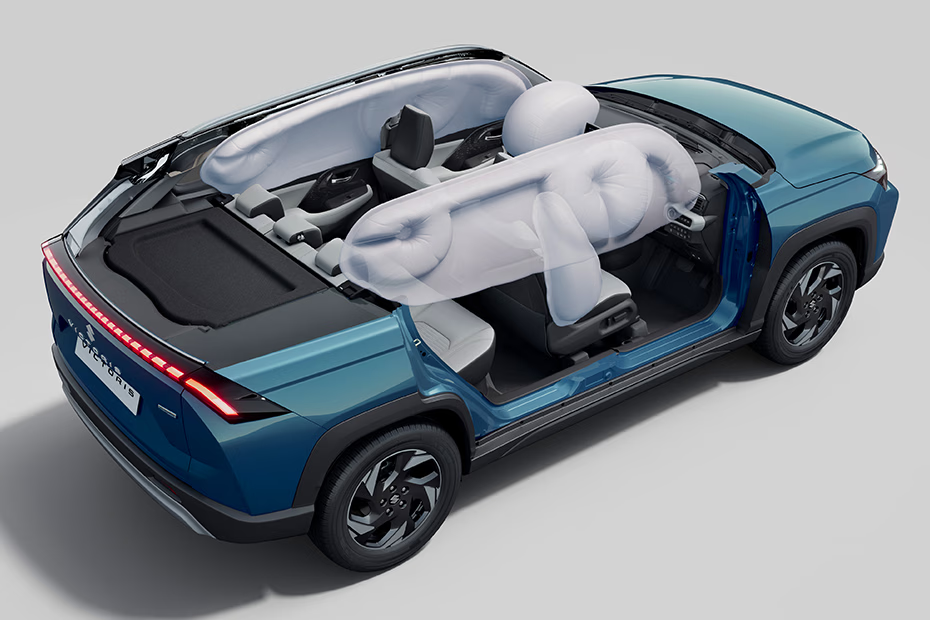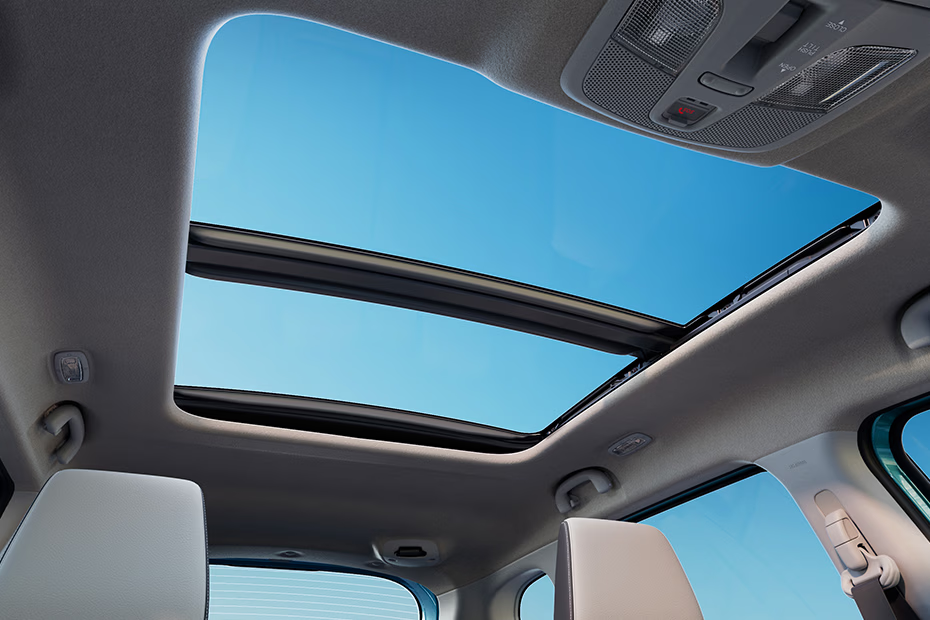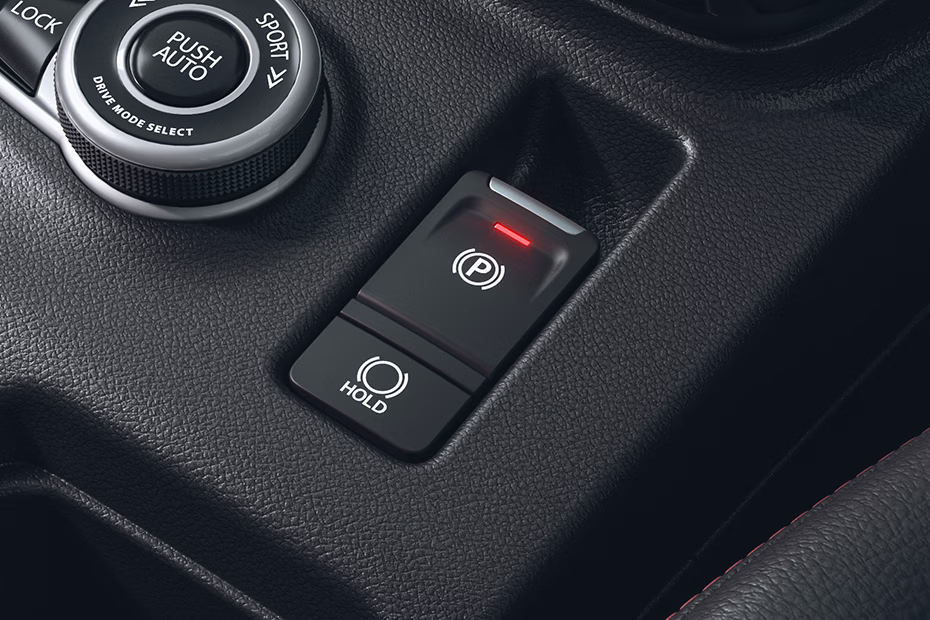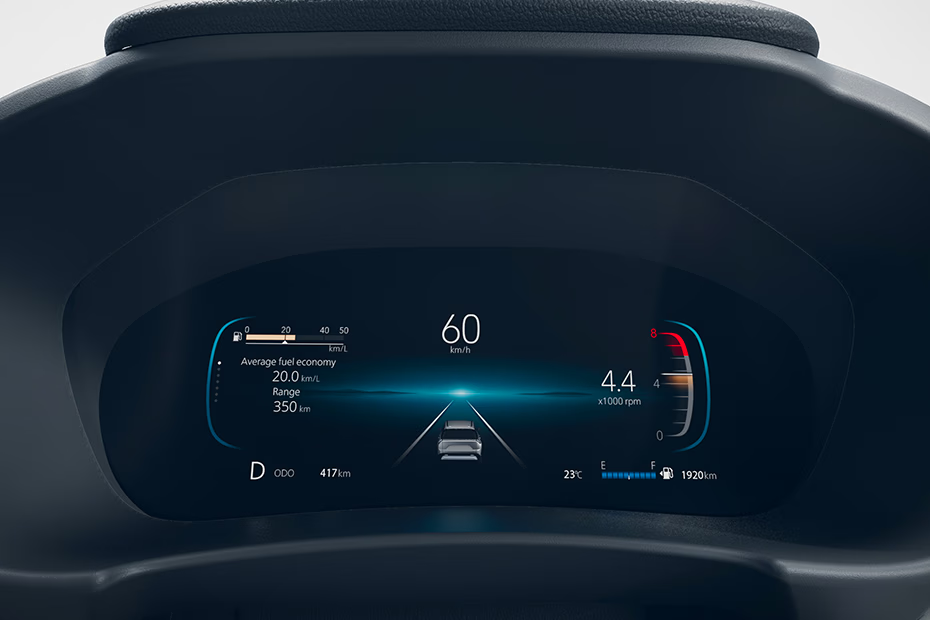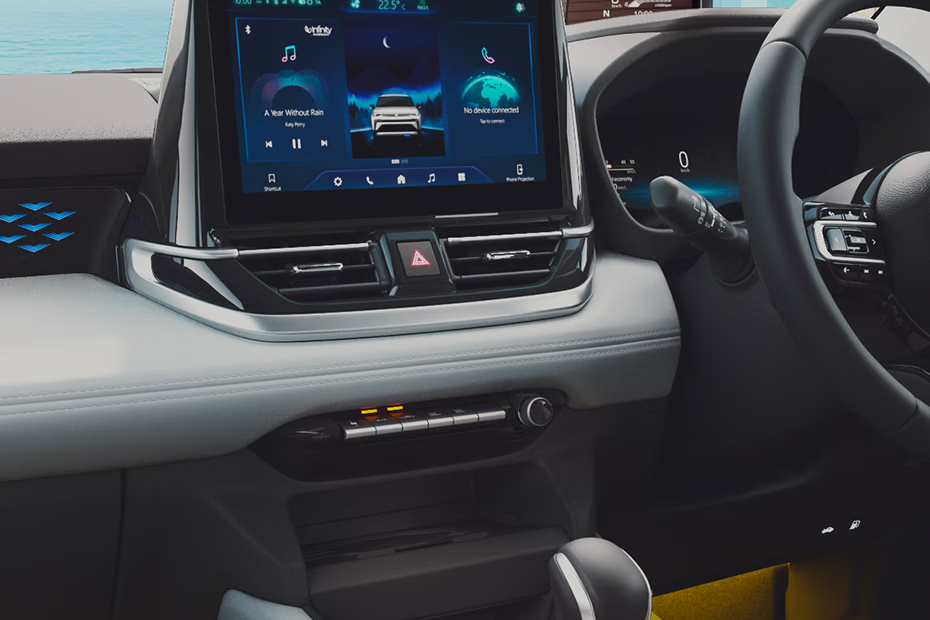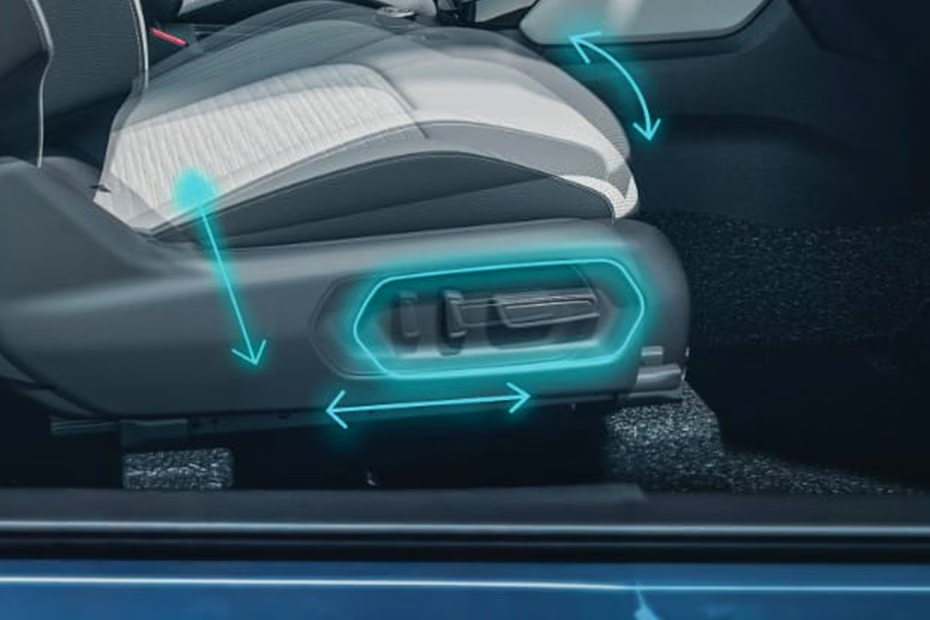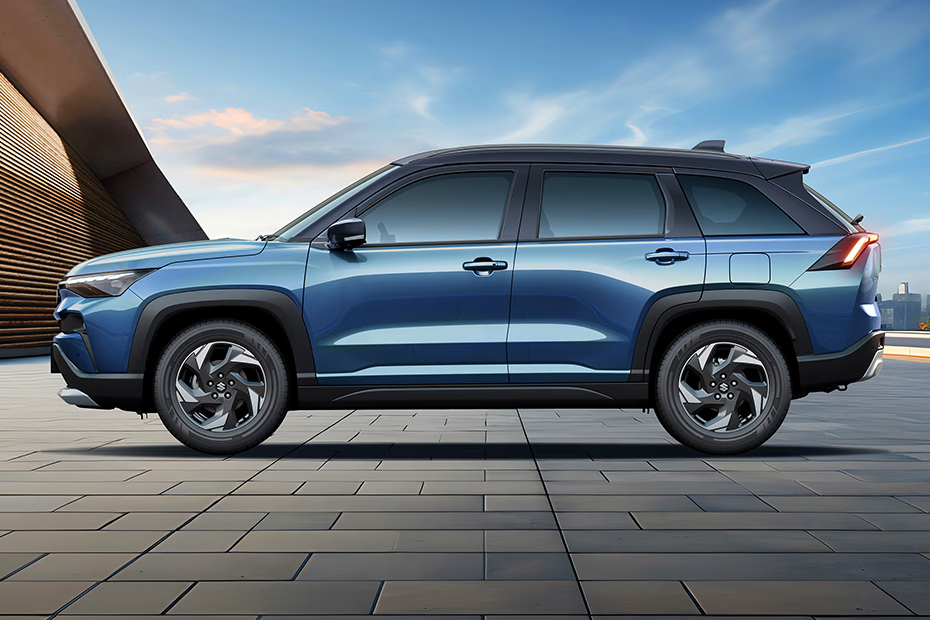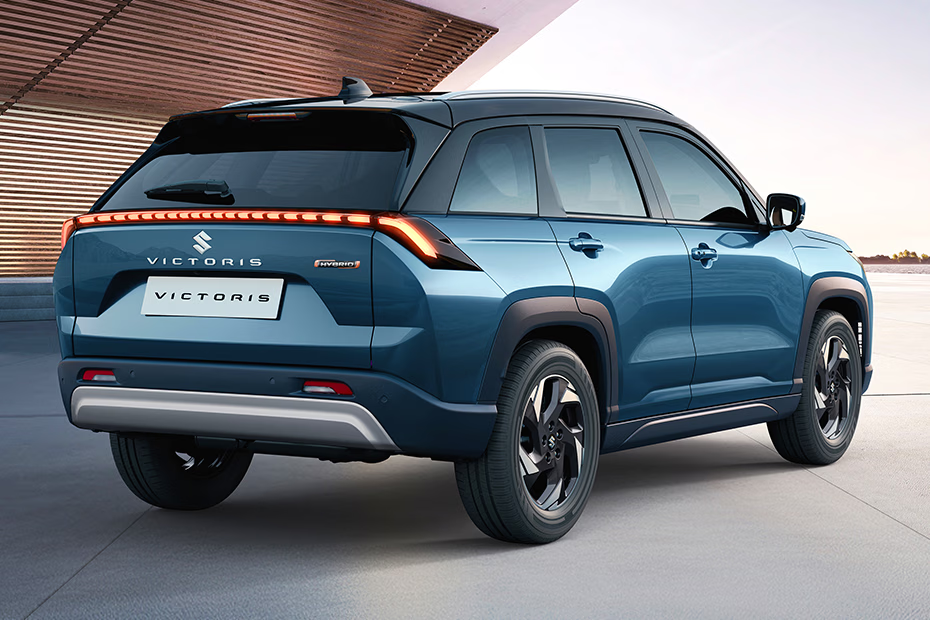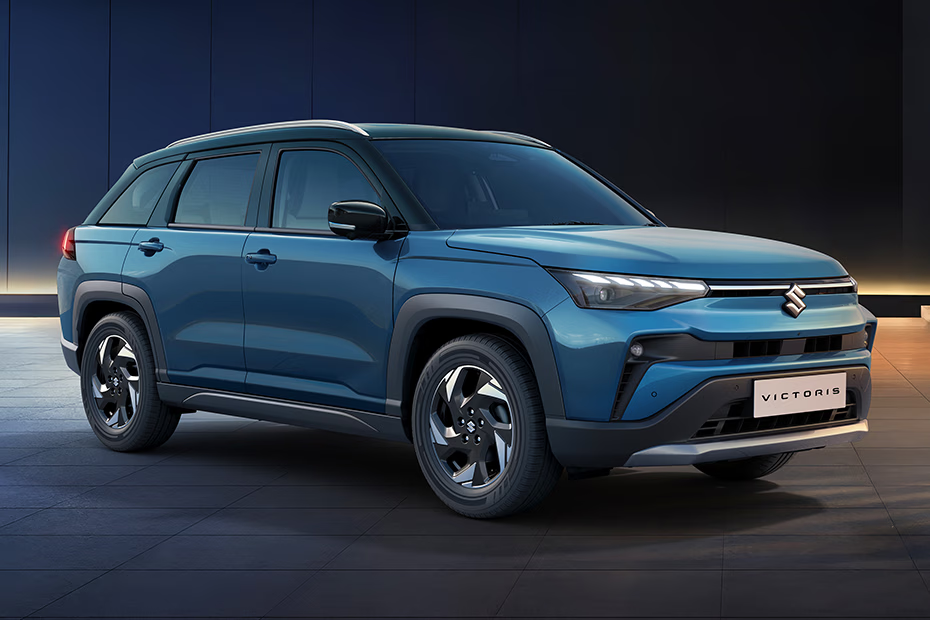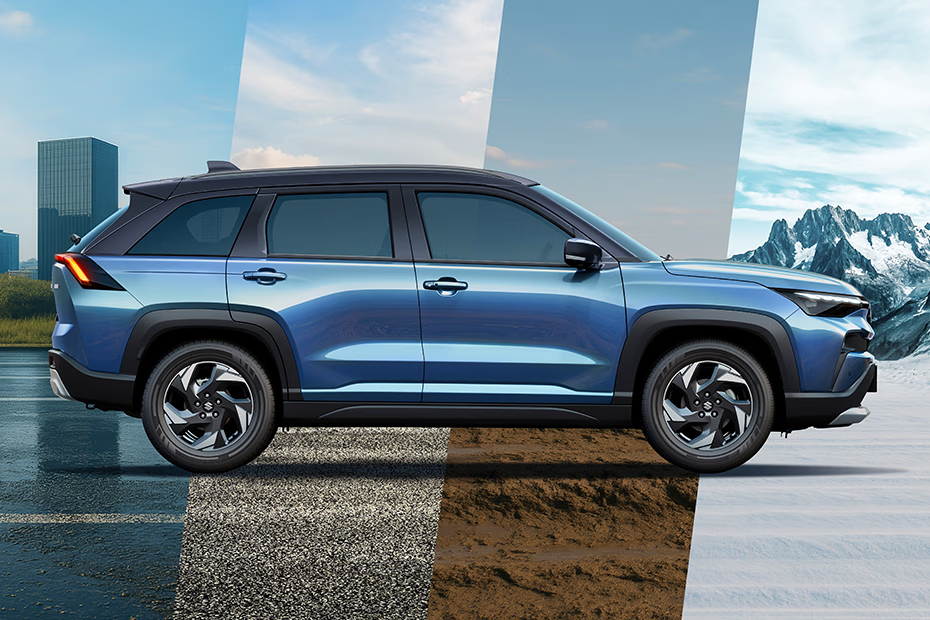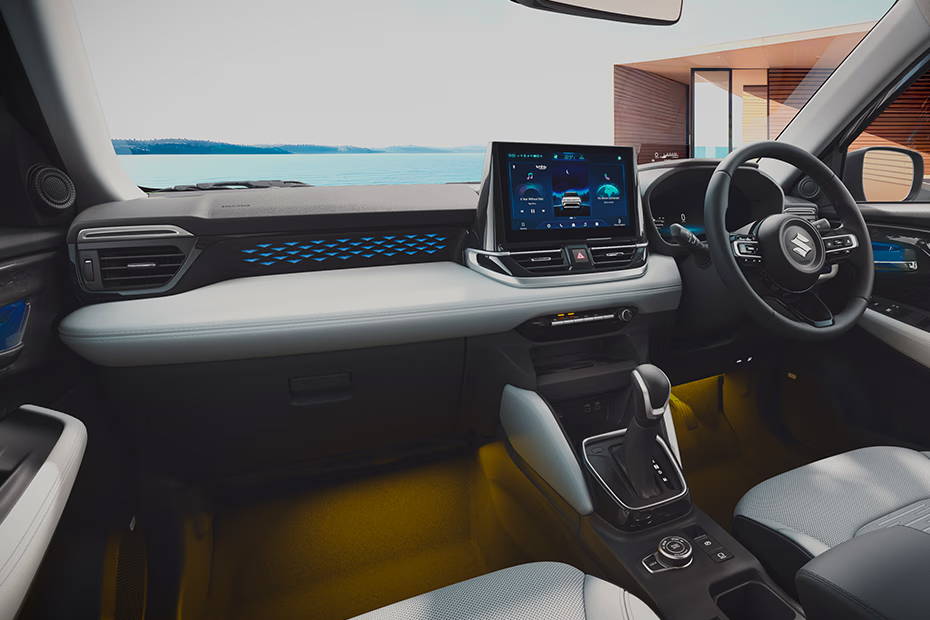Maruti Victoris vs E-Vitara: Feature, Design & Efficiency Compared
As India’s automotive landscape pivots toward electrification, Maruti Suzuki has fired a twin salvo with the launch of the all-electric E-Vitara and the petrol-hybrid Victoris. Though they share a launch date and silhouette, these SUVs represent divergent philosophies-one future-facing, the other grounded in mass-market pragmatism.
This isn’t just a product comparison. It’s a strategic split, shaped by dealership channels, powertrain choices, and the recent GST overhaul that’s redrawing the pricing map for Indian buyers.
Head-to-Head: E-Vitara vs Victoris
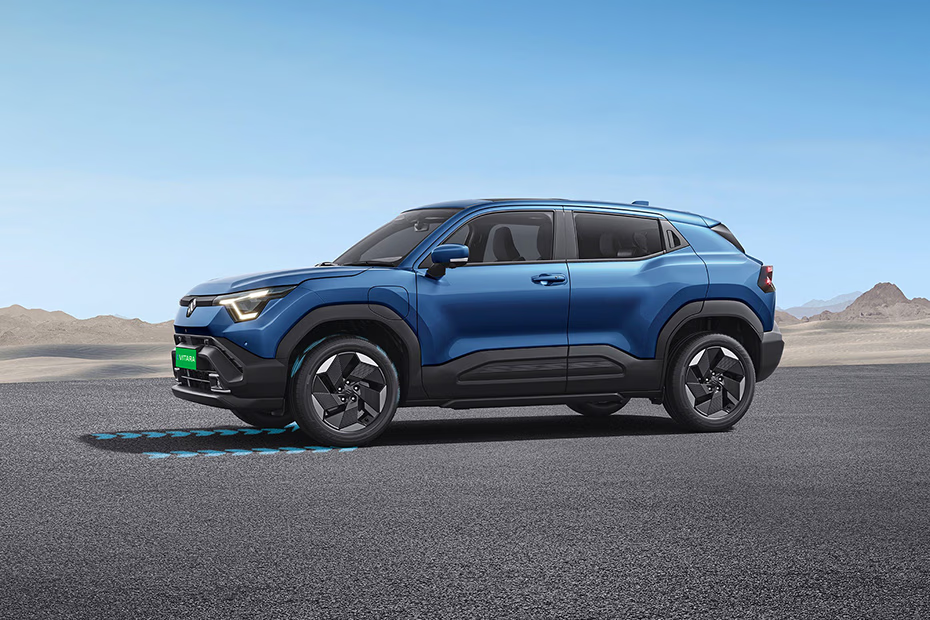
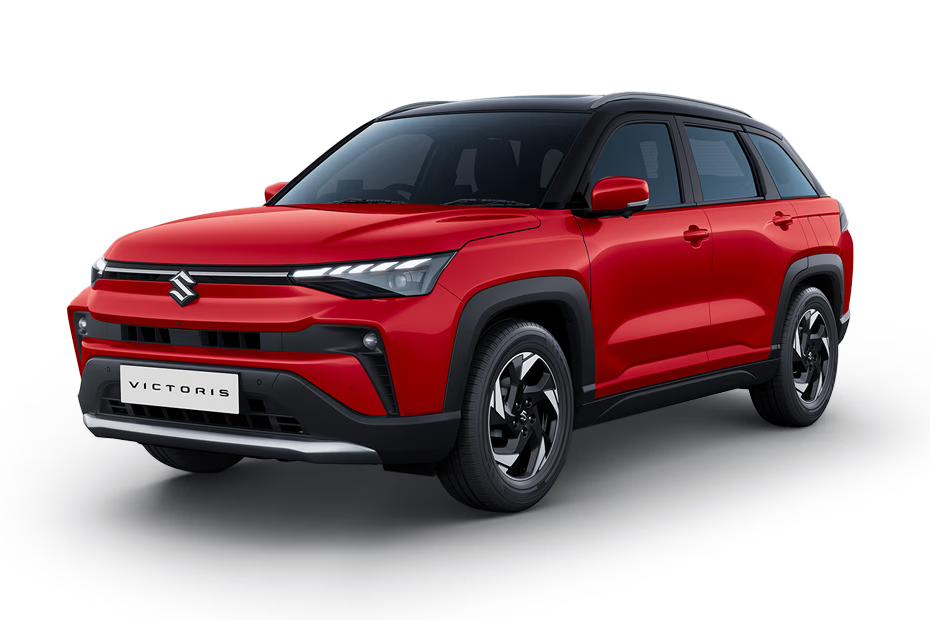
| Attribute | eVitara (EV) | Victoris (ICE/Hybrid/CNG) |
| Powertrain | Electric (49 kWh / 61 kWh) | Petrol, Strong Hybrid, CNG |
| Range / Mileage | 344–426 km (MIDC) | Up to 28.65 km/l (Hybrid), 27.02 km/kg (CNG) |
| Platform | Heartect-e (Toyota co-developed) | Global C (shared with Grand Vitara) |
| Dealership Channel | Nexa (premium, EV-focused) | Arena (mass-market) |
| Interior Features | 10.25″ infotainment, 10.1″ cluster, ADAS | 10.1″ infotainment, Alexa Auto, Dolby Atmos |
| Safety | 7 airbags, Level 2 ADAS, 360° camera | 6 airbags, Level 2 ADAS, Bharat NCAP 5-star |
| Boot Space | ~373 litres | Slightly larger due to longer body |
| Expected Price | ₹22–28 lakh | ₹12–20 lakh (pending GST clarity) |
| Launch Date | September 3, 2025 | September 3, 2025 |
Design & Dimensions
Both SUVs share a similar footprint, but the Victoris edges ahead in length and height, offering a more upright stance and increased boot capacity. The eVitara’s sealed-off grille and aerodynamic cues signal its EV identity, while the Victoris leans into traditional SUV styling with fog lamps, chrome accents, and a powered tailgate.
Inside, the eVitara opts for a minimalist, tech-forward layout. The Victoris counters with segment-first features like Alexa Auto integration, Infinity Speakers by Harman audio, and a gesture-controlled tailgate, a clear bid to elevate Arena’s appeal.
Powertrain Philosophy
The eVitara is Maruti’s first serious EV, built for export and domestic adoption. With dual battery options and Level 2 ADAS, it’s a Nexa-exclusive flagship aimed at buyers ready to embrace electrification.
The Victoris, meanwhile, is Maruti’s most versatile ICE offering. Available in petrol, hybrid, and CNG, it’s designed to absorb GST shocks and appeal to budget-conscious buyers. Its strong hybrid variant delivers 28.65 km/l, making it India’s most efficient SUV on paper.
GST Reform: The Game-Changer
India’s new GST structure introduces a 40% slab for larger ICE vehicles, putting pressure on Victoris’ pricing. While EVs like the eVitara retain the 5% GST rate, hybrids and CNG variants await clarity.
Maruti’s pricing strategy hinges on this reform. If hybrids receive relief, Victoris could undercut rivals like the Creta and Seltos. If not, the brand may lean harder on petrol and CNG variants to maintain affordability.
Verdict
Maruti’s dual launch is more than a product rollout-it’s a strategic hedge. The E-Vitara is a clean-tech statement, future-proofed by policy and positioned for premium buyers. The Victoris is a volume play, built to weather regulatory flux and win on versatility.
For buyers, the choice is stark:
- eVitara offers certainty, tech, and long-term savings.
- Victoris delivers flexibility, features, and immediate affordability.
In a market where policy is as influential as product, Maruti’s double punch is both bold and calculated.
Maruti’s double launch isn’t just a product story-it’s a policy moment. With GST reforms redrawing the pricing map, the eVitara surges ahead while the Victoris waits in the wings. For buyers, the choice isn’t just electric vs petrol-it’s certainty vs suspense.
Will GST make hybrids the new sweet spot or push buyers back to petrol? Comment your thoughts below. Thanks!
Go TO Homepage
FAQ’s:
-
What is the main difference between E-Vitara and Victoris?
E-Vitara is Maruti’s first all-electric SUV, while Victoris is a petrol-based SUV with mild-hybrid, strong-hybrid, and CNG options.
-
Which SUV is more eco-friendly?
E-Vitara is a zero-emission electric vehicle (ZEV), making it cleaner than Victoris, which complies with BS6 Phase 2 norms but still emits CO₂ and NOx.
-
What is the expected range of the E-Vitara?
E-Vitara is expected to offer a range of 500 km on a full charge, depending on the battery packs.
-
Which is better for long-distance travel?
E-Vitara offers silent, fatigue-free driving with long range, but charging infrastructure may be a limitation. Victoris is more practical for regions with limited EV support due to fuel flexibility and underbody CNG tank.
-
Which SUV should I choose for future-proofing?
If you’re targeting zero emissions and long-term sustainability, E-Vitara is the better bet. If you want affordability, fuel flexibility, and proven infrastructure, Victoris is a safer choice.

